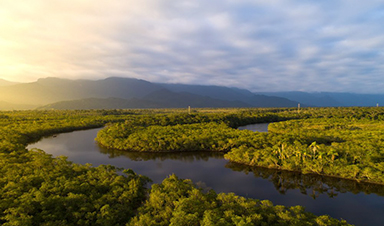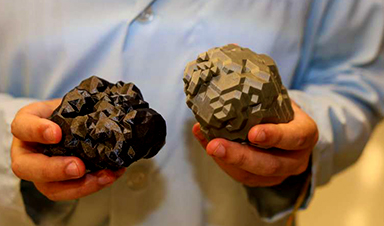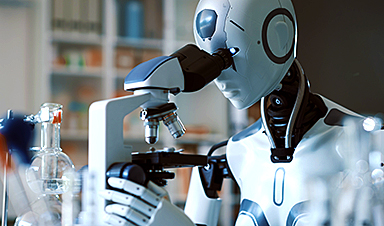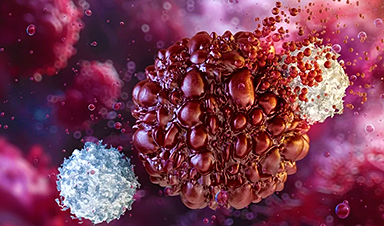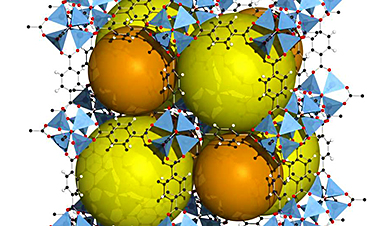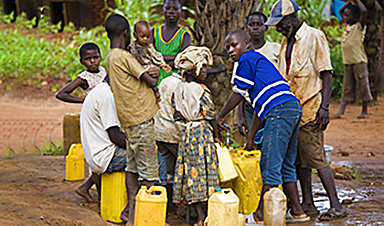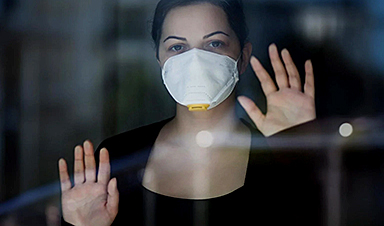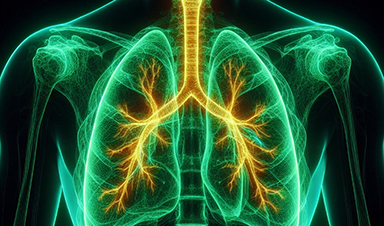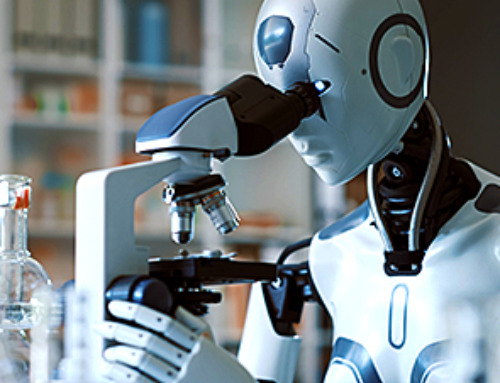A global carbon credits breakthrough at COP26 in Glasgow blew away any gloom from failing to phase out coal use, say many observers.
Discussion at the UN climate conference had been dominated by soaring atmospheric carbon dioxide levels, largely from fossil fuels but exacerbated by global deforestation, notably in tropical rainforests like the Amazon’s – often called the “Lungs of the Earth”.
But while COP26 failed to strike a coal deal, a carbon credit agreement could channel trillions of private sector dollars into protecting rainforests and farms, building renewable energy facilities and other projects to combat Climate Change and promote the circular economy needed to stabilise the Earth’s environment.
Nearly 200 countries at COP26 agreed to partially meet their climate targets by buying carbon credits/offsets created through the emission cuts of others.
This mechanism – originally put forward at the UN’s 2015 Paris Agreement – was previously held up by ‘double counting’: whether a credit could be claimed by both the country selling it and the nation buying it, but this was dropped, enabling the breakthrough.
Brazil is now set to be a major beneficiary after decades of trying to balance national demand for farmland against international pressure to preserve the Amazon rainforest, which still dominates the country’s landscape, despite manmade shrinkage by nearly a quarter, from 4,100,000km² to 3,279,649km² over the past 50 years.
Writing in ‘Americas Quarterly’, former Brazilian Finance Minister and World Bank CFO, Joaquin Levy said: “Beyond helping Brazil protect the Amazon, a healthy global carbon market would create great opportunities for commercial and investment partners that could join the country in helping accelerate its journey to become a net zero economy before 2050.”
Former Brazilian ambassador and diplomat, Arnildo Schildt, led a COP26 delegation and agreed that the carbon credits deal gave a major boost to an international consortium he has steered for two years, negotiating with Brazil’s farmers and forestry associations, governments, the UN, international banks, academics, and industry partners as well as investors:
“We have been working to harness a ‘dynamic duo’ – highly advanced nano sensors and Digital Twin technology – to monitor density, height and emissions and protect the rainforest in real time whilst allowing building asset owners to trade carbon credits/offsets internationally and reward our farmers for their support.
“Carbon credit buyers then know that newly planted or established trees are not simply felled after the credits are bought. A secure market builds trust and certainty – massively important to credible buyers.”
Paul Stannard, Chairman of the not-for-profit World Nano Foundation applauded the initiative: “This would create a circular economy for rainforests and the farms around them, raising carbon credits of significant value to industries needing to offset emissions, while generating income for countries needing to alleviate pressure on rainforests.
“Two-thirds of the money will help sustain forests and eco-farms, with the remainder pledged to sustainable efforts in our major cities and urban spaces. Key projects will include renewable energy to help these countries drive down their own carbon emissions.”
Leading Digital Twin company Cityzenith – a World Economic Forum Global Innovator – has already developed its platform technology to incorporate carbon credits/offsets for the built environment and now aims to create a circular economy for the world’s buildings, farms, and forestry.
“This enhances the impact and savings, already estimated at a $280 billion, for the built environment alone,” said Cityzenith Founder and CEO Michael Jansen.
“We’re proud that Cityzenith is playing an ever-increasing role in tackling Climate Change and, with this initiative, advancing the circular economy cause.”
Lindsey Vest, Smart Cities & Smart Spaces Research Analyst for global technology intelligence firm ABI Research explained that a circular economy strategy would switch from mankind’s established but unsustainable ‘take-make-waste’ economy, adding:
“Circularity concepts such as remanufacturing, reuse, and the sharing economy will be critically enabled by smart cities technologies such as IoT (the Internet of Things – devices and systems that exchange data), AI and Digital Twins.”
ABI Research reported that many governments now plan to increase circularity, notably through the EU’s new Circular Economy Action Plan – part of its Green Deal – while China’s 14th Five-Year Plan (2021-2025) specifically targets Circular Economy Development.
This is in addition to work by organizations such as Cityzenith, Vodafone, the globally recognized Ellen MacArthur Foundation – dedicated to circular economy education and connection for companies and governments – and C40 Cities, whose 97 member cities generate 25% of global GDP and champion the circular economy.
News
Can introducing peanuts early prevent allergies? Real-world data confirms it helps
New evidence from a large U.S. primary care network shows that early peanut introduction, endorsed in 2015 and 2017 guidelines, was followed by a marked decline in clinician-diagnosed peanut and overall food allergies among [...]
Nanoparticle blueprints reveal path to smarter medicines
Lipid nanoparticles (LNPs) are the delivery vehicles of modern medicine, carrying cancer drugs, gene therapies and vaccines into cells. Until recently, many scientists assumed that all LNPs followed more or less the same blueprint, [...]
How nanomedicine and AI are teaming up to tackle neurodegenerative diseases
When I first realized the scale of the challenge posed by neurodegenerative diseases, such as Alzheimer's, Parkinson's disease and amyotrophic lateral sclerosis (ALS), I felt simultaneously humbled and motivated. These disorders are not caused [...]
Self-Organizing Light Could Transform Computing and Communications
USC engineers have demonstrated a new kind of optical device that lets light organize its own route using the principles of thermodynamics. Instead of relying on switches or digital control, the light finds its own [...]
Groundbreaking New Way of Measuring Blood Pressure Could Save Thousands of Lives
A new method that improves the accuracy of interpreting blood pressure measurements taken at the ankle could be vital for individuals who are unable to have their blood pressure measured on the arm. A newly developed [...]
Scientist tackles key roadblock for AI in drug discovery
The drug development pipeline is a costly and lengthy process. Identifying high-quality "hit" compounds—those with high potency, selectivity, and favorable metabolic properties—at the earliest stages is important for reducing cost and accelerating the path [...]
Nanoplastics with environmental coatings can sneak past the skin’s defenses
Plastic is ubiquitous in the modern world, and it's notorious for taking a long time to completely break down in the environment - if it ever does. But even without breaking down completely, plastic [...]
Chernobyl scientists discover black fungus feeding on deadly radiation
It looks pretty sinister, but it might actually be incredibly helpful When reactor number four in Chernobyl exploded, it triggered the worst nuclear disaster in history, one which the surrounding area still has not [...]
Long COVID Is Taking A Silent Toll On Mental Health, Here’s What Experts Say
Months after recovering from COVID-19, many people continue to feel unwell. They speak of exhaustion that doesn’t fade, difficulty breathing, or an unsettling mental haze. What’s becoming increasingly clear is that recovery from the [...]
Study Delivers Cancer Drugs Directly to the Tumor Nucleus
A new peptide-based nanotube treatment sneaks chemo into drug-resistant cancer cells, providing a unique workaround to one of oncology’s toughest hurdles. CiQUS researchers have developed a novel molecular strategy that allows a chemotherapy drug to [...]
Scientists Begin $14.2 Million Project To Decode the Body’s “Hidden Sixth Sense”
An NIH-supported initiative seeks to unravel how the nervous system tracks and regulates the body’s internal organs. How does your brain recognize when it’s time to take a breath, when your blood pressure has [...]
Scientists Discover a New Form of Ice That Shouldn’t Exist
Researchers at the European XFEL and DESY are investigating unusual forms of ice that can exist at room temperature when subjected to extreme pressure. Ice comes in many forms, even when made of nothing but water [...]
Nobel-winning, tiny ‘sponge crystals’ with an astonishing amount of inner space
The 2025 Nobel Prize in chemistry was awarded to Richard Robson, Susumu Kitagawa and Omar Yaghi on Oct. 8, 2025, for the development of metal-organic frameworks, or MOFs, which are tunable crystal structures with extremely [...]
Harnessing Green-Synthesized Nanoparticles for Water Purification
A new review reveals how plant- and microbe-derived nanoparticles can power next-gen water disinfection, delivering cleaner, safer water without the environmental cost of traditional treatments. A recent review published in Nanomaterials highlights the potential of green-synthesized nanomaterials (GSNMs) in [...]
Brainstem damage found to be behind long-lasting effects of severe Covid-19
Damage to the brainstem - the brain's 'control center' - is behind long-lasting physical and psychiatric effects of severe Covid-19 infection, a study suggests. Using ultra-high-resolution scanners that can see the living brain in [...]
CT scan changes over one year predict outcomes in fibrotic lung disease
Researchers at National Jewish Health have shown that subtle increases in lung scarring, detected by an artificial intelligence-based tool on CT scans taken one year apart, are associated with disease progression and survival in [...]
